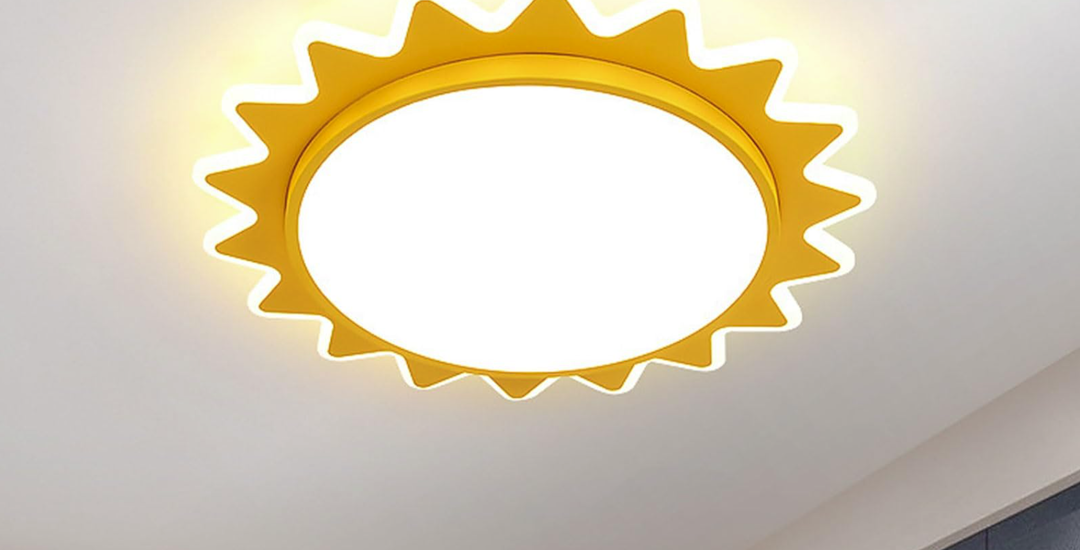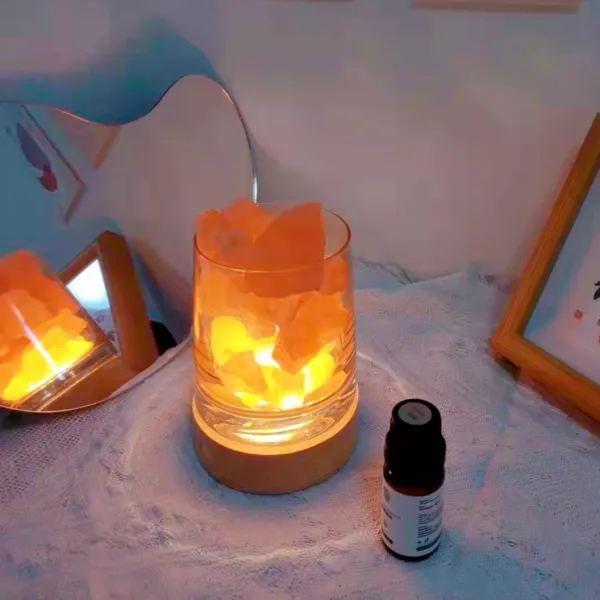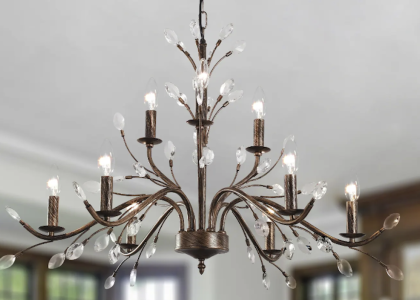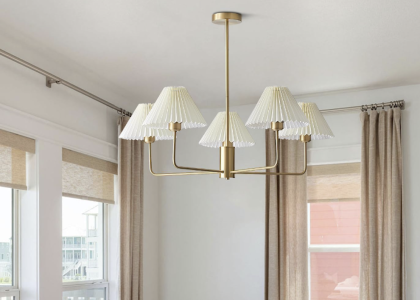The significance of soft light in relation to eye health cannot be overstated. In an age where digital screens dominate our daily lives, the need for lighting that minimizes strain on the eyes has become increasingly critical. Harsh, direct lighting can lead to a range of visual discomforts, including eye fatigue, dryness, and headaches.
Soft light, characterized by its diffused and gentle illumination, helps to create a more comfortable visual environment. This type of lighting reduces glare and harsh shadows, allowing the eyes to relax and focus more easily. Moreover, soft light can play a pivotal role in maintaining overall eye health.
Studies have shown that prolonged exposure to bright, direct light Nepten can contribute to conditions such as digital eye strain and even long-term vision problems. By opting for soft light sources, individuals can mitigate these risks. The calming effect of soft light not only enhances visual comfort but also promotes a more pleasant atmosphere conducive to productivity and relaxation.
This is particularly important in environments where people spend extended periods, such as offices or homes.
How Soft Light Ceiling Lamps Benefit Your Eyes
Soft light ceiling lamps are specifically designed to provide a gentle and even distribution of light throughout a room. Unlike traditional lighting fixtures that may cast harsh shadows or create bright spots, these lamps utilize diffusers or specialized bulbs to soften the light output. This design feature is crucial for reducing eye strain, as it allows for a more uniform illumination that is easier on the eyes.
When the light is evenly distributed, it minimizes the contrast between light and dark areas, which can be particularly taxing on the visual system. In addition to reducing strain, soft light ceiling lamps can enhance visual clarity and comfort. For instance, when reading or working on tasks that require focus, the gentle illumination provided by these lamps can help maintain concentration without causing discomfort.
Furthermore, soft light has been shown to improve mood and reduce stress levels, which indirectly benefits eye health by promoting a more relaxed state. The psychological effects of lighting should not be underestimated; a well-lit environment can lead to increased productivity and overall well-being.
Choosing the Right Soft Light Ceiling Lamp for Your Space
Selecting the appropriate soft light ceiling lamp involves considering several factors that align with both aesthetic preferences and functional needs. One of the primary considerations is the type of bulb used in the lamp. LED bulbs are often recommended due to their energy efficiency and longevity.
They also come in various color temperatures, allowing users to choose between warm and cool tones that best suit their environment. Warm white light (around 2700K) is typically preferred for living spaces as it creates a cozy atmosphere, while cooler tones (above 4000K) may be more suitable for workspaces where alertness is essential. Another important aspect to consider is the lamp’s design and size in relation to the room’s dimensions.
A larger room may require multiple fixtures or a more powerful lamp to ensure adequate soft lighting throughout the space. Conversely, smaller rooms may benefit from compact designs that still provide ample illumination without overwhelming the area. Additionally, adjustable features such as dimmers can enhance versatility, allowing users to modify the brightness according to their needs at different times of day or for various activities.
Tips for Properly Positioning Soft Light Ceiling Lamps
The placement of soft light ceiling lamps is crucial for maximizing their benefits while minimizing potential glare or shadows. Ideally, lamps should be positioned to provide even illumination across the entire room without creating hotspots or overly dark corners. For instance, in a living room setting, placing a ceiling lamp in the center of the room can help distribute light evenly, while additional fixtures may be added in reading nooks or work areas for targeted illumination.
Height is another critical factor when positioning ceiling lamps. Mounting fixtures too low can result in harsh shadows and an uncomfortable atmosphere, while placing them too high may lead to insufficient lighting. A general guideline is to install ceiling lamps at a height that allows for optimal light distribution while ensuring they are out of reach to prevent accidental contact or damage.
Additionally, considering the angle of the light can help reduce glare; lamps that direct light downward or use diffusers can soften the impact on the eyes.
Other Ways to Protect Your Eyes from Harsh Lighting
While soft light ceiling lamps are an excellent solution for reducing eye strain, there are additional strategies individuals can employ to protect their eyes from harsh lighting conditions. One effective method is to incorporate natural light into living and working spaces whenever possible. Natural light has been shown to have numerous benefits for eye health and overall well-being.
Utilizing sheer curtains or blinds can help diffuse sunlight while still allowing it to enter the room, creating a pleasant ambiance without overwhelming brightness. Another approach involves taking regular breaks from screen time and harsh artificial lighting. The 20-20-20 rule is a widely recommended practice: every 20 minutes, take a 20-second break to look at something 20 feet away.
This simple exercise helps relax the eye muscles and reduces fatigue caused by prolonged focus on screens or bright lights. Additionally, using blue light filters on devices can further alleviate strain by reducing exposure to high-energy visible (HEV) light emitted by screens.
Incorporating Soft Light Ceiling Lamps into Your Home or Office Decor
Design Considerations
For instance, in a modern minimalist space, sleek and simple fixtures with clean lines may be ideal, whereas more ornate designs could enhance traditional or eclectic interiors.
The Impact of Color Schemes
Color schemes also play a significant role in how soft light ceiling lamps fit into a space. Warm-toned lamps can create an inviting atmosphere in living areas or bedrooms, while cooler tones may be more appropriate for workspaces where focus and clarity are paramount.
Layering Lighting for Depth and Ambiance
Additionally, layering different types of lighting—such as combining ceiling lamps with floor lamps or wall sconces—can create depth and enhance the overall ambiance of a room.
Maintenance and Care for Soft Light Ceiling Lamps
Proper maintenance and care are essential for ensuring that soft light ceiling lamps continue to function effectively over time. Regular cleaning is necessary to prevent dust buildup on lampshades or bulbs, which can diminish light output and affect overall performance. Using a soft cloth or microfiber duster can help remove dust without scratching surfaces.
For more thorough cleaning, it may be necessary to remove shades or covers according to manufacturer instructions. Additionally, monitoring bulb performance is crucial; replacing bulbs promptly when they begin to dim or flicker ensures consistent lighting quality. It’s also advisable to check electrical connections periodically for any signs of wear or damage that could pose safety risks.
Following manufacturer guidelines for installation and maintenance will not only prolong the life of the lamp but also enhance its effectiveness in providing soft lighting.
The Future of Soft Light Technology for Eye Health
As technology continues to evolve, so too does the potential for advancements in soft light solutions aimed at promoting eye health. Innovations in LED technology have already led to significant improvements in energy efficiency and color rendering capabilities. Future developments may focus on creating even more sophisticated lighting systems that adapt automatically based on environmental conditions or user preferences.
One promising area of research involves tunable white lighting systems that allow users to adjust color temperature throughout the day, mimicking natural daylight patterns. Such systems could help regulate circadian rhythms while providing optimal lighting conditions for various tasks. Additionally, integrating smart technology into soft light ceiling lamps could enable users to control brightness and color temperature through mobile applications or voice commands, enhancing convenience while prioritizing eye comfort.
In conclusion, as awareness of eye health continues to grow alongside our reliance on artificial lighting, the importance of soft light solutions becomes increasingly evident. By understanding how these technologies work and implementing them thoughtfully within our environments, we can create spaces that not only look beautiful but also support our visual well-being.












